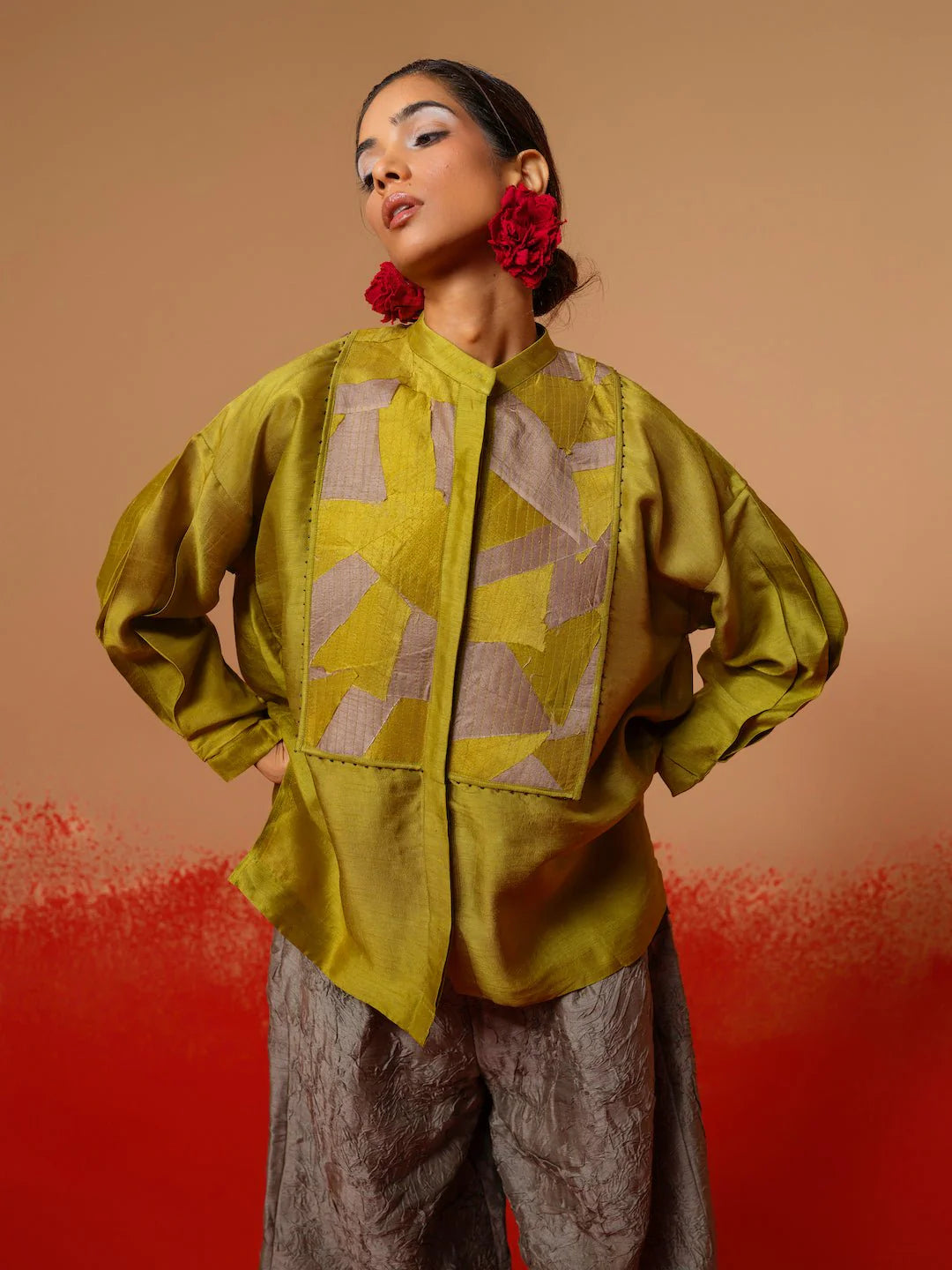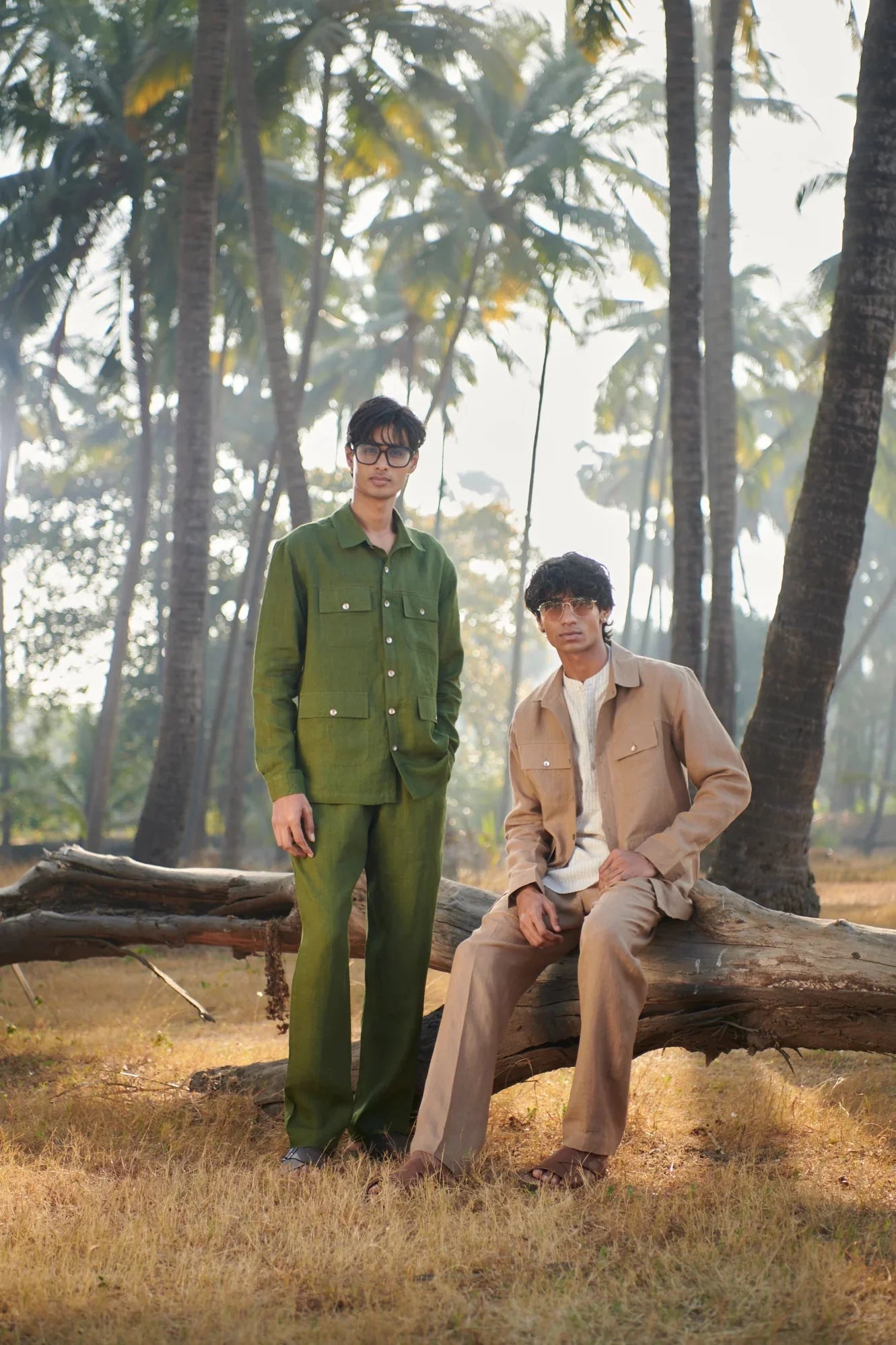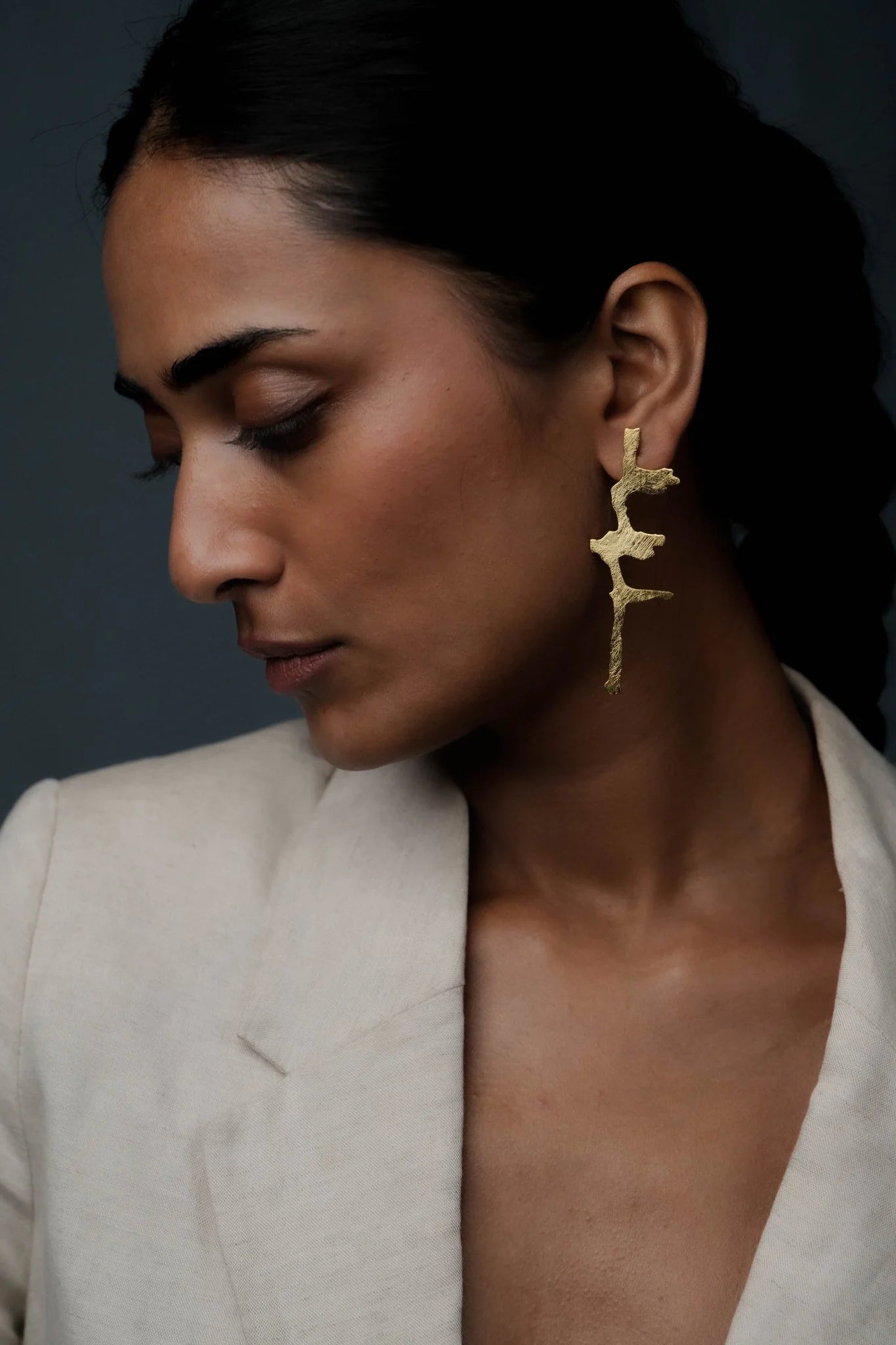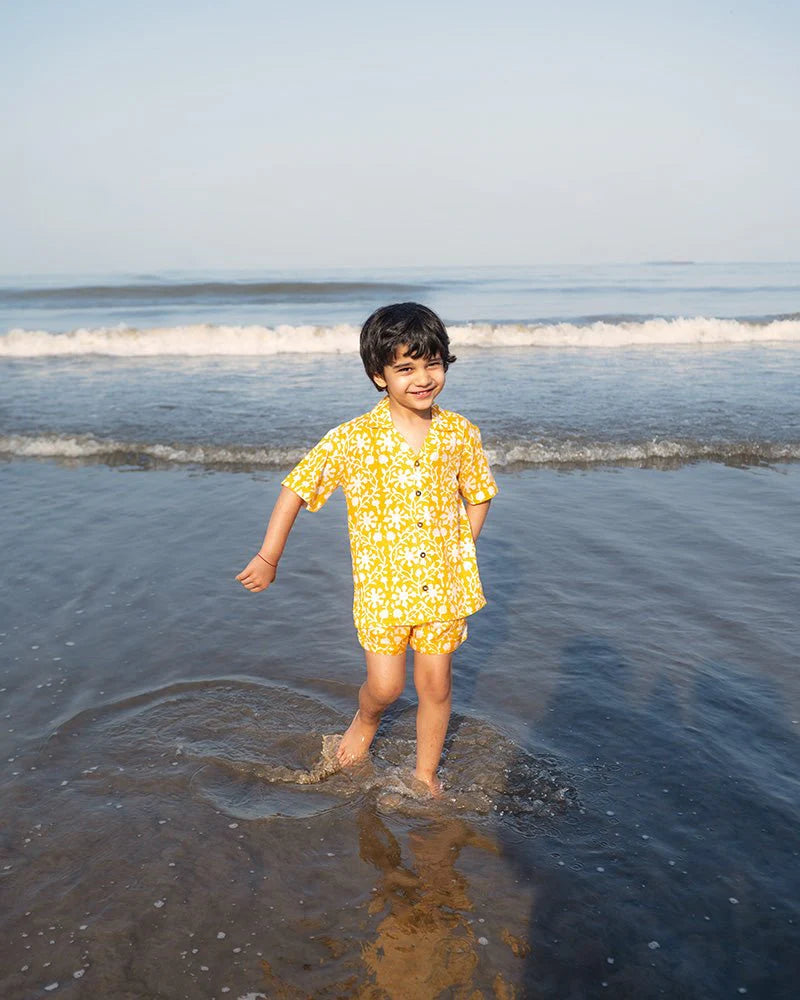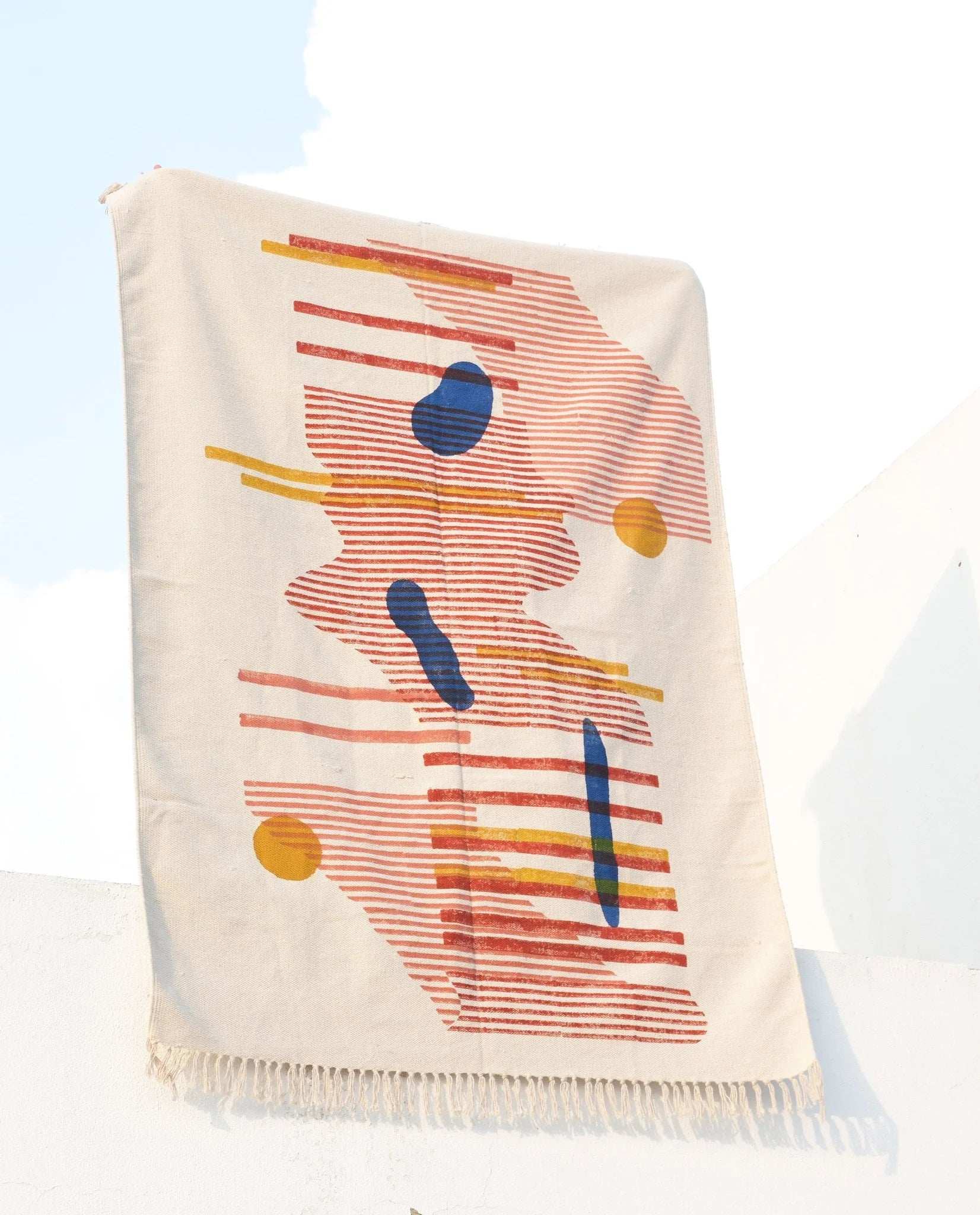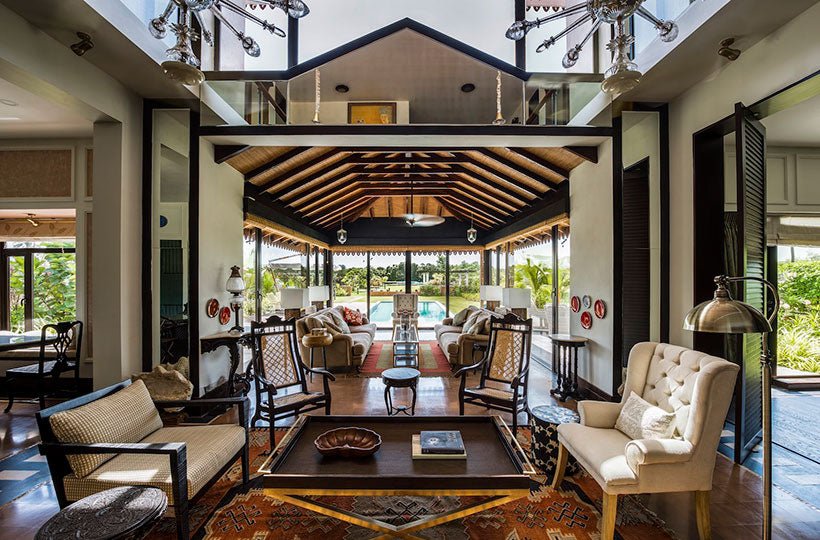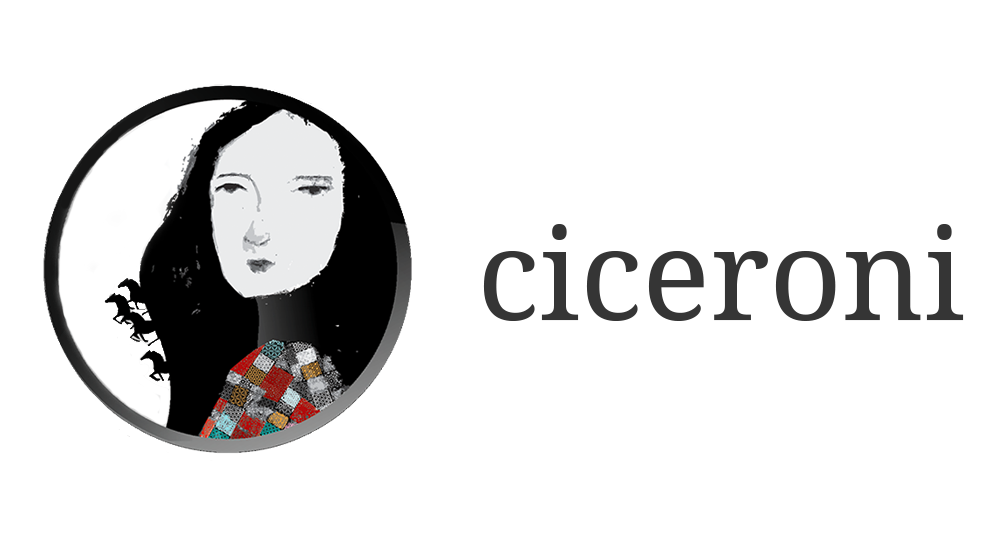Fashion and architecture are inspired from each other’s views of form, material and concept. Coco Channel famously quoted, “Fashion is Architecture, it’s a matter of proportion” whereas renowned architect Zaha Hadid said “Both architecture and fashion are based on structure and shape and turning basic necessities like clothing and shelter into art.” Globally, couturier Paco Rabanne has created some of the most iconic architecturally-inspired clothing.
Meanwhile, in India, Tarun Tahiliani, master couturier, has established Tahiliani Homes to seal his love for the beauty of permanence in architecture. Always drawn towards the artistic beauty of architecture, Tarun shares “I have always been interested in spaces, and I also love the fact that it serves a much bigger community than a single individual. It is used through generations, it has longevity and it is amazing how it adapts to time or time adapts to it.”

Leading the baton, Jahan Tahiliani, younger son of Tarun Tahiliani and CEO & Promoter, Tahiliani Homes, raises the bar with his concept of indoor-outdoor living and showcases how it can be leveraged through better technology and by working with world-class experts.
Established in 2016, Tahiliani Homes is set out to create the ultimate “India Modern”. One can spot traditional Goan homes or ultra-modern glass and wood homes in their versatile repertoire. One such example is Salvador Villa Acacia nestled in the serene village of Socorro in North Goa. In the spirit of overarching ideology of ‘India Modern’, Salvador Villas are surrounded by evergreen bamboos amidst the sprawling lush green hills and valleys. The key design sensibility has been to bring the essence of natural outdoor into the indoor living space through the luminous water body in the central courtyard of the villas accentuated by high glazing ceilings, ample space and textured walls


Exploring the idea of design and sustainability at the intersection of fashion and architecture, Ciceroni spoke to the trio of Tahiliani Homes in an exclusive interaction.

Ciceroni – What prompted you to get in home space category that is already so crowded?
Tarun Tahiliani – I have always been into architecture for its artistic beauty and like the permanence of architecture. I have been interested in spaces and love the fact that it serves a much bigger community than a single individual. It is used through generations, has longevity and it is amazing how it adapts to time or time adapts to it. Architecture and interior came naturally to me as I have worked with craft blocks and I love rearranging things and spaces. I think when one is a designer, one transmutes many spaces. I did not enter this space to become like DLF, I entered this space because I had something to say, starting from my first home in Goa and my own home in Delhi and then people wanting it.
I actually wanted be an architect but unfortunately when I graduated from School, one could not do architecture if one did not do Physics and Chemistry. I suppose in the end water will always find its level.
I love Geoffrey Bawa’s work in Sri Lanka and many other tropical architects. I feel our lifestyles and our homes have become very disconnected. Instead of taking inspiration and directly transferring ideas from Europe in Indian climate, it makes sense to see what works in our lifestyle and climate.
Ciceroni – Who are the architects and designers that inspire you?
Tarun Tahiliani – Geoffrey Bawa, Zaha Hadid, Sameep Padora, Bijoy Jain, Charles Correa, Satish Gujral, Rewathi Kamat
Ciceroni – Which has been your favourite project till date?
Tarun Tahiliani – For pure scale and drama, I think nothing rivals the Glass Villa because of its beautiful and enormous courtyard, volume of space and the view of river across the pool. Volume has always been worth more to me than just over-ornate floors. People seem to do with miles of marble for opulence but for me true luxury is to have a ceiling that is 23 feet high, partially open to the sky, that has doors that open up and bring nature in and even trees that grow through the bed room and glass boxes. That is the idea of luxury and bringing indoor and outdoor living together.



Ciceroni – How is the customized luxury home segment growing in India?
Jahan Tahiliani – With the vision of taking the standard of living to the next level, there have been exciting developments in terms of smart home technology and amenities galore. Developers have started providing custom décor and theme as that’s the demand. Luxury, in today’s time is about integrating beliefs in terms of crafts, raw material, art pieces, design & architecture. Tahiliani Homes interprets and crafts the artistry of lives. We believe that the luxury real estate industry is growing steadily yet on a significant rate.
Ciceroni – Between design aesthetics and market demand, what rules your decision making?
Jahan Tahiliani – Finding the right balance between aesthetics and functionality is the key. While building a home for a family it’s essential to find the perfect blend of warmth, aesthetics and practicality. The first thing to consider would be the space. We have fine-tuned the craft of designing and building homes to belong to. My definition of a luxurious home starts from the spaces- High ceilings, long cross sections, integration of indoor -outdoor. I like my homes to feel organic and connected to nature but at the same time comfortable, spacious and detailed in its layering and finishing. The devil is in the details and no amount of detailing is ever too much and this is what the market demands, I believe.
Ciceroni – Sustainability and revival of crafts are big in today’s design lexicon. How has Tahiliani Homes been incorporating both?
Jahan Tahiliani – Tahiliani’s design approach has always been in a continuous state of progression, channeled through many mediums and refined by a composer like experimentation. We are aware that our work depends on craftsmanship; sustainability starts with the countless minds and hands of people that it takes to design a place. On a primary layer this means we need to constantly build skills and provide a livelihood to these craftsmen. Sustainability for us is making sure their craft is sustainable (fair trade practices) and they carry their skills for the next decades to come.
Second, sustainability comes out of a respect for the environment and a celebration of local materials and minds, utilizing traditions and techniques from the location of the project, whether it’s in London or Lonavala.
Ciceroni – Do consumers demand sustainable spaces amidst nature or do they want futuristic homes?
Bindu Vadera, Head of Interiors, Tahiliani Homes – The consumers come with demand for eco-friendly, minimalistic, adaptable living spaces and sustainable homes. Most of our clients are very conscious of wanting a home that has zero environmental impact. We, thus, try to incorporate eco sensitive features in our homes; and design passive buildings in order to reduce the buildings ecological footprint. Along with sustainable homes, their brief also requires home automation. We have studied that home automation also helps in reducing energy consumption: One switch to turn off all the lights; Blinds that automatically open and close based on brightness and luminosity: Cooling/heating control; Power management are a few worth mentioning.
Ciceroni – There was a time when Italian marbles were imported to boast of luxury. Currently trend is to use indigenous material and crafts that speaks of luxury. What’s your take on it?
Bindu Vadera – True luxury for the future is handcrafted, indigenous and heritage crafts, re-interpreted for high-end customers and markets. For instance, in our Goa homes, we used a lot of laterite walls, Indian stones that have been tumbled, mosaics were used in-situ and then coupled it with traditional handmade brass. This is just something that gets layered and evolves in an Indian way, but because we are interacting with it every day, it is modern. It will drive the course of future luxury, I believe.


The indoor-outdoor feel that has become so popular has been a part of our tropical home DNA since our inception. Constructing a water body indoors predominantly accelerates idea of indoor-outdoor living. The flooring design is locally sourced and so is the wall art with Portuguese Influence in our Goa Homes. We aim to create a home that brings together the elements of the natural outdoors into the premise of indoors via a water body in the central courtyard, multiple layering’s on the floor using different materials and column designing. Inspiration for the design came from- Goa, courtyards, Geoffrey Bawa and our own experience.(


Ciceroni – What is trending for 2020 in home design?
Bindu Vadera – I think the use of natural and sustainable materials are the biggest trends for 2020.
Tahiliani Homes is striving to become the premier destination for serviced holiday homes in India. They work closely with homeowners to help with the two most important services -maintenance and rentals. They have set up a hospitality division in order to work closely with home owners and help them maintain and monetize their properties seamlessly.
While Tahiliani homes adopts and promotes sustainable “India Modern” in luxury, its time to up the dialogues for consumer awareness too on why sustainable structures and indigenous materials and crafts are better in the long run for all segments.

